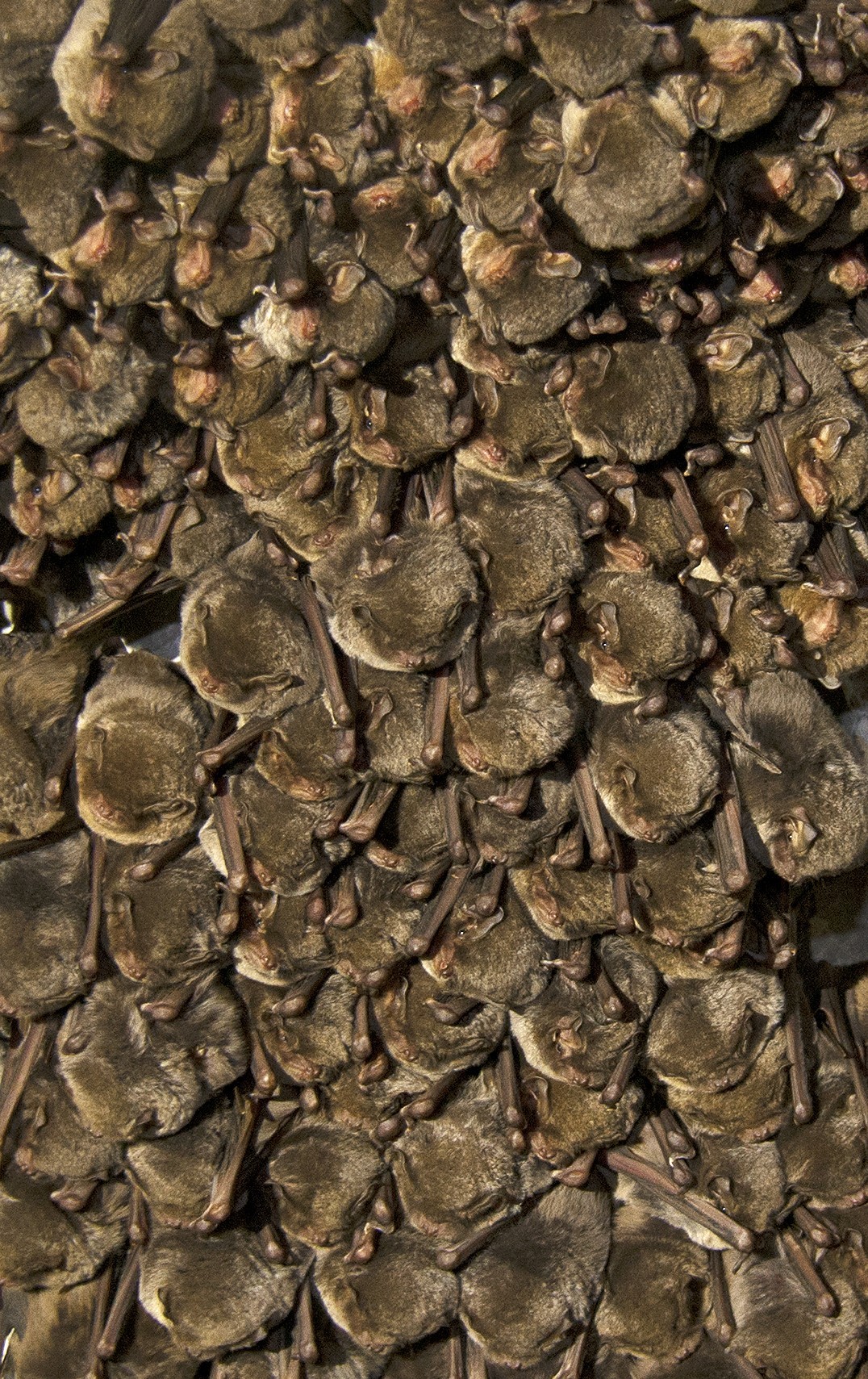The Gibraltar National Museum signs a collaboration agreement with Cadi Ayyad University, Marrakech, Morocco
Scientists of the Gibraltar National Museum have been studying the bats of Gibraltar for over twelve years. The initial work was aimed at primarily understanding what species were in Gibraltar, what state the populations were in, and what needed to be done to protect them. This initial study, aptly named Gib-Bats, was in collaboration with The Gibraltar Ornithological and Natural History Society and the Government of Gibraltar’s Department of the Environment.
The study found that bat populations in Gibraltar were in a poor state, critically endangered on a local level. A lot of work was carried out to protect these animals, with awareness programmes and educational programmes. Bat boxes were set up around Gibraltar, giving these animals safe places in which to roost and special attention was given legislation pertaining to construction. It is now necessary, for example, to have buildings and areas surveyed before construction or demolition.
One thing the team noticed quite quickly was that even though several species had been identified, numbers of all species were extremely low. However, one species, which was once a species which occupied the Rock in large numbers, the Schreiber’s bat (Miniopterus schreibersii) was found to arrive in Gibraltar, at certain times of the year, and then, just as quickly, left for several months at a time.
This got the attention of the scientists involved with the Gib-bats project and they started to investigate further. A ringing licence was obtained from The Department of the Environment to be able to mark these animals in Gibraltar and a similar licence was obtained from the Spanish Government and the Junta De Andalucia to be able to work with this species and mark them, in Spain.
After years of work the team have been able to establish that the bats in Gibraltar are migrating and using Gibraltar seasonally, later moving around Spain, with some recoveries even in Portugal. This study generated new questions. Were they always moving north from Gibraltar? And, if they were, were they coming to Gibraltar from further south?
With this question in mind, Dr Stewart Finlayson, the principal scientist of the project, contacted colleagues in Morocco seeking to carry out similar work to what has, and continues to be done in Gibraltar and Spain. The key question was, and still remains - do bats cross the Strait of Gibraltar?
This has led to a formal agreement which has now been signed between the Gibraltar National Museum and the Cadi Ayyad University, Marrakech in Morocco.
The two entities have agreed to work together over the next few years on trying to understand the movement of species between the North African Kingdom of Morocco and Gibraltar as well as other parts of southern Iberia.
This agreement involves information exchange, training to young scientists in Morocco, as well as in the field, in very remote areas. The results will be studied in collaboration between the two entities and, in time published.
The agreement strengthens the view that conservation of highly mobile species requires international collaboration in order to protect the various key locations used by species during their life cycle. Only this way can those particular species be protected.
Minister for Environment John Cortes, who also has responsibility for developing relations with Morocco, said, “As an Ecologist, and having worked in the field in Morocco, I am extremely pleased and excited by this development. Not only will this collaboration increase further our links with our southern neighbour, it will also contribute to our knowledge of the biodiversity of the region and help in the conservation of these vulnerable species”.

Colony of Schreibers' bats (Miniopterus schreibersii) in Gibraltar
Published: October 14, 2025
Other similar News
News
The #IceAgeEuropenow touring photographic exhibition arrives in Gibraltar
Published: March 16, 2019
18-20 Bomb House Lane
PO Box 939,
Gibraltar
